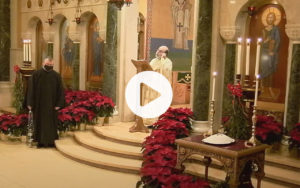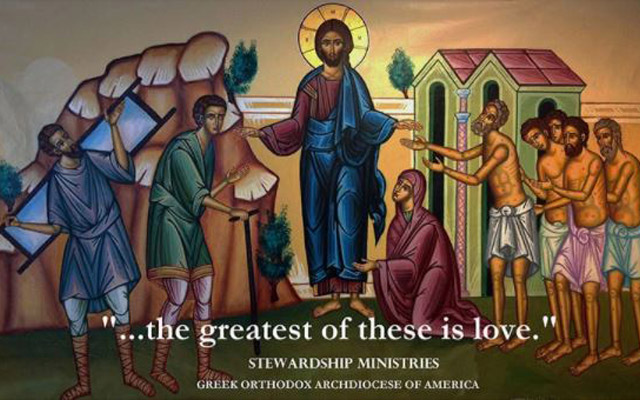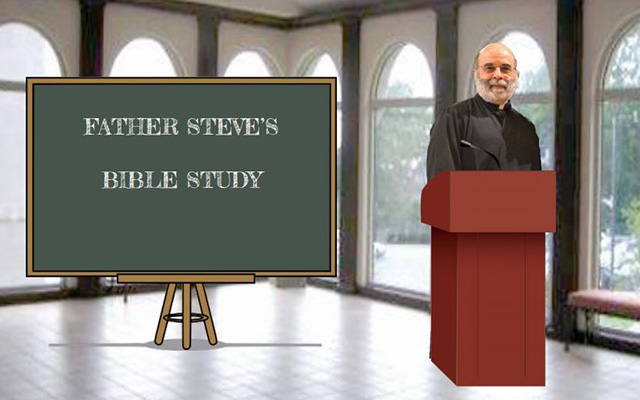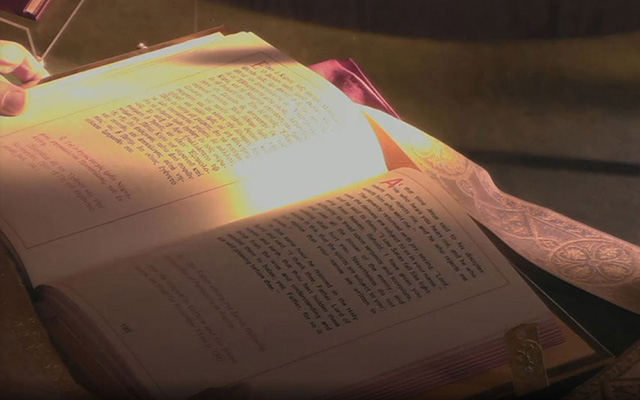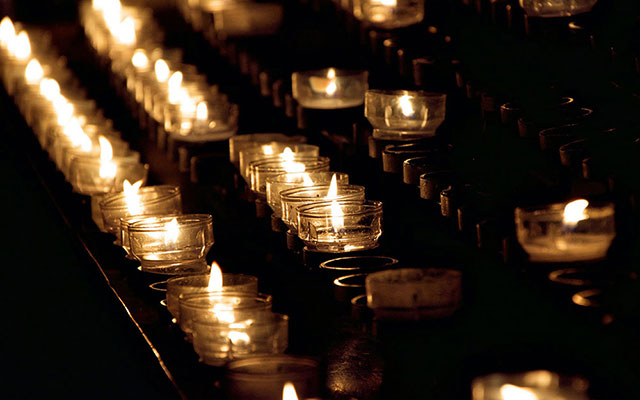Christos Anesti! Christ is Risen! The Second Friday of Pascha: What Christ Accomplished on the Cross (The Means of Redemption, Part II)
By Hieromonk Damascene The Means of Redemption, Part II The word “redemption,” of course, comes from this juridical explanation. As Vladimir Lossky points out: “The very idea of redemption assumes a plainly legal aspect: it is the atonement of a slave, the debt paid for those who remained in prison because they could not discharge it. [15] By His death Christ ransomed man out of servitude to sin, and redeemed man from the eternal consequences of sin which had


